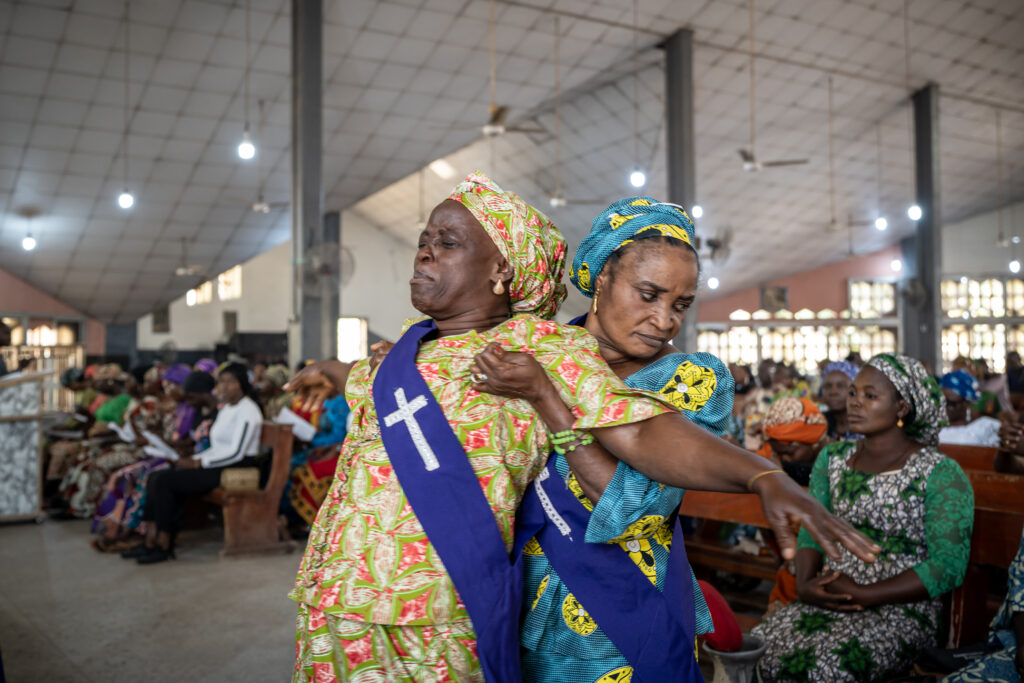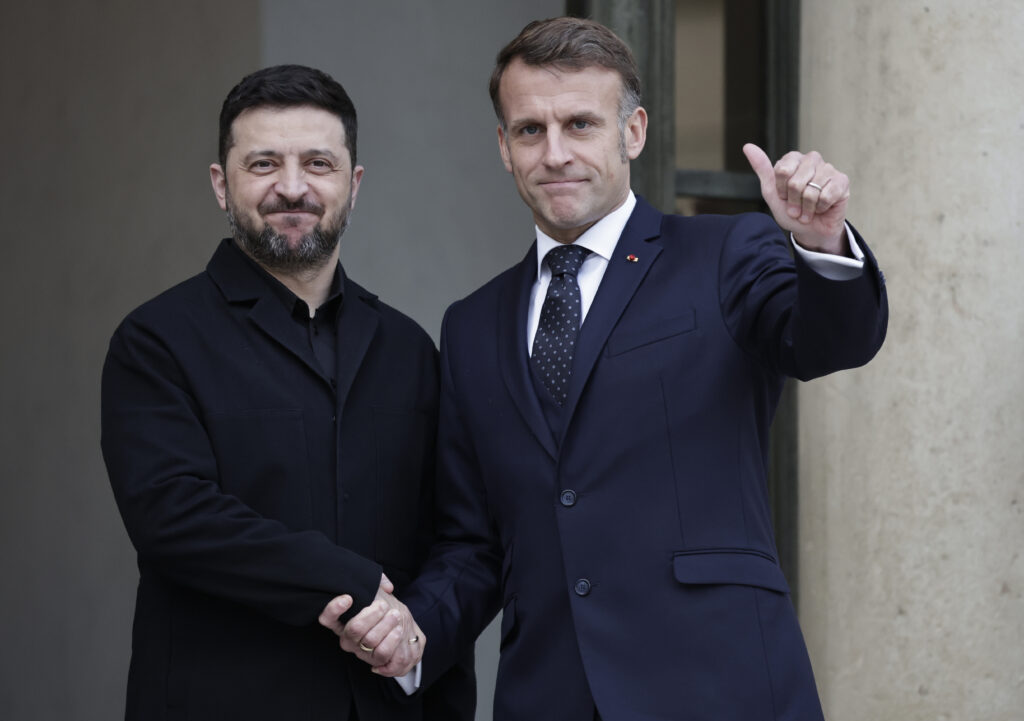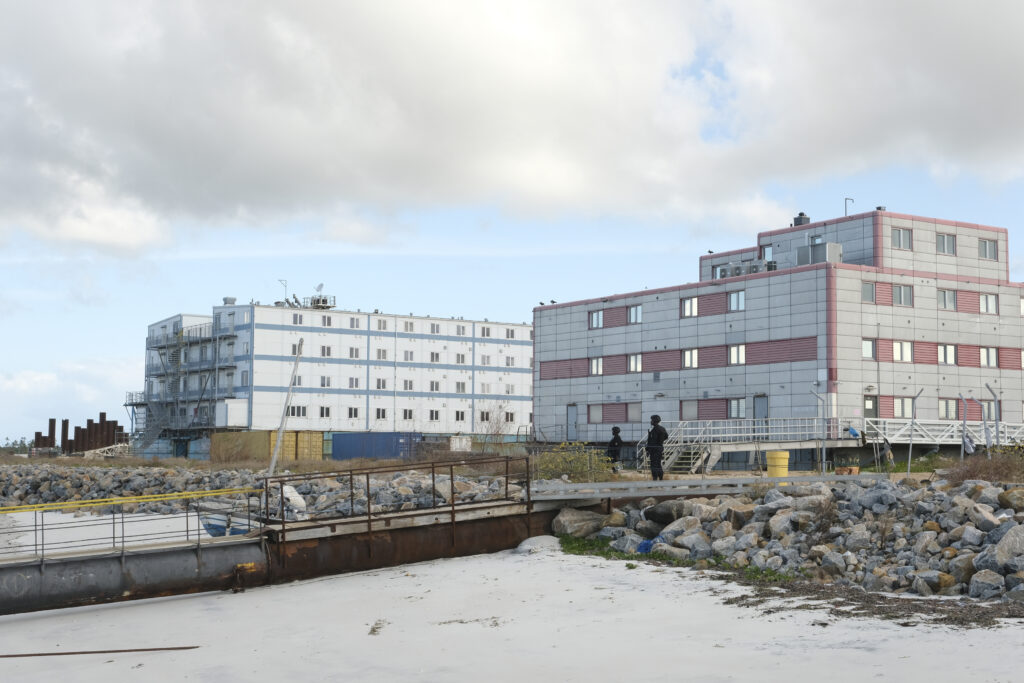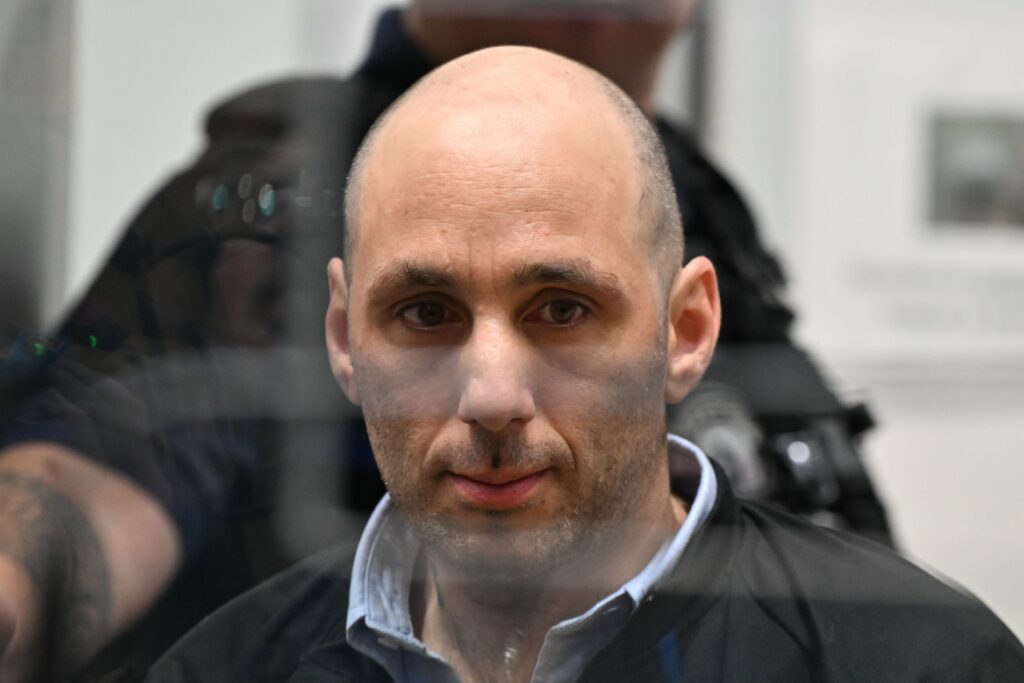Volodymyr Zelensky, sous forte pression politique et diplomatique, est arrivé lundi à Paris pour rencontrer Emmanuel Macron et consolider ses soutiens européens, à la veille d’une rencontre entre l’envoyé américain Steve Witkoff et le président russe Vladimir Poutine.Cette visite intervient alors que les forces russes ont réalisé en novembre leur plus grosse progression sur le front en Ukraine depuis un an, selon l’analyse par l’AFP des données fournies par l’Institut américain pour l’étude de la guerre (ISW), qui travaille avec le Critical Threats Project (CTP).En un mois, la Russie a pris 701 km2 aux Ukrainiens, la deuxième avancée la plus importante après celle de novembre 2024 (725 km2), en dehors des premiers mois de guerre au printemps 2022, quand la ligne de front était très mobile.Volodymyr Zelensky, incarnation depuis bientôt quatre ans de la résistance ukrainienne à l’invasion russe, doit en outre faire face dans son pays à un important scandale de corruption éclaboussant le gouvernement, qui a contraint à la démission le puissant chef de cabinet du président, Andriï Iermak.Le contexte diplomatique est également tendu pour Kiev, qui tente de préserver ses intérêts tandis que les Etats-Unis négocient séparément avec les Russes et les Ukrainiens pour trouver une issue à la guerre.Lundi en fin de matinée, le président français a chaleureusement accueilli son homologue ukrainien, descendant les marches du palais de l’Elysée pour lui adresser une franche accolade, avant d’entamer avec lui des discussions bilatérales.Volodymyr Zelensky et Emmanuel Macron ont ensuite échangé avec les néagociateurs américain Steve Witkoff et ukrainien Roustem Oumerov qui mènent des discussions en Floride.- Semaine “cruciale” pour l’Ukraine -MM. Zelensky et Macron se sont également entretenus avec le Premier ministre britannique Keir Starmer et plusieurs dirigeants européens (Allemagne, Pologne, Italie, Norvège, Finlande, Danemark, Pays-Bas), ainsi qu’avec les présidents des institutions européennes Antonio Costa et Ursula von der Leyen, et le secrétaire général de l’Otan Mark Rutte, a indiqué l’Elysée.Volodymyr Zelensky se rendra ensuite mardi en Irlande pour sa première visite dans ce pays neutre.La semaine qui s’ouvre s’annonce “cruciale” pour l’Ukraine, a affirmé lundi la cheffe de la diplomatie de l’Union européenne Kaja Kallas, avant une réunion des ministres de la Défense de l’UE à Bruxelles. Les Européens espèrent que l’administration Trump, qu’ils soupçonnent de complaisance vis-à-vis de Vladimir Poutine, ne sacrifiera pas l’Ukraine, considérée comme un rempart face aux ambitions russes.Les Etats-Unis ont présenté il y a dix jours un premier projet en 28 points très favorable à Moscou, rédigé sans les alliés européens de Kiev, censé mettre fin au conflit déclenché par l’offensive russe contre l’Ukraine en février 2022.Washington a ensuite amendé ce projet avec les Ukrainiens et les Européens à Genève, avant de retravailler dessus en bilatéral avec les Ukrainiens dimanche en Floride.Dimanche, les discussions américano-ukrainiennes en Floride ont été jugées “productives” par les deux parties, mais le secrétaire d’Etat Marco Rubio a prévenu qu'”il restait encore du travail”.”Il reste quelques points épineux à régler”, a renchéri lundi sur X Volodymyr Zelensky. – “Bring kids back” -Le président Donald Trump a, lui, affiché son optimisme, estimant que Russie et Ukraine souhaitaient mettre fin au conflit, tout en soulignant que Kiev n’était pas en position de force en raison du scandale de corruption qui secoue le gouvernement.En dépit des négociations menées par les Américains dans un effort pour mettre fin à la guerre, la Russie multiplie ses frappes de drones et de missiles sur l’Ukraine.Au moins quatre personnes ont été tuées et 22 autres blessées lundi dans une frappe de missile russe sur Dnipro, grande ville du centre-est du pays, selon un nouveau bilan officiel. L’Ukraine, elle, a revendiqué samedi l’attaque par des drones navals de deux pétroliers de la flotte fantôme russe en mer Noire. Ces engins ont également été lancés contre un terminal pétrolier dans le port russe de Novorossiïsk.En France, M. Zelensky est accompagné par son épouse Olena Zelenska pour un événement autour de l’initiative “Bring kids back” (“Ramenez les enfants”), dont elle est la marraine.Cette initiative “a permis de ramener près de 2.000 enfants ukrainiens arrachés à leur famille par la Russie”, a souligné le ministre français des Affaires étrangères Jean-Noël Barrot, en rappelant que “ce crime de guerre odieux vaut à Vladimir Poutine son mandat d’arrêt de la Cour pénale internationale”.





